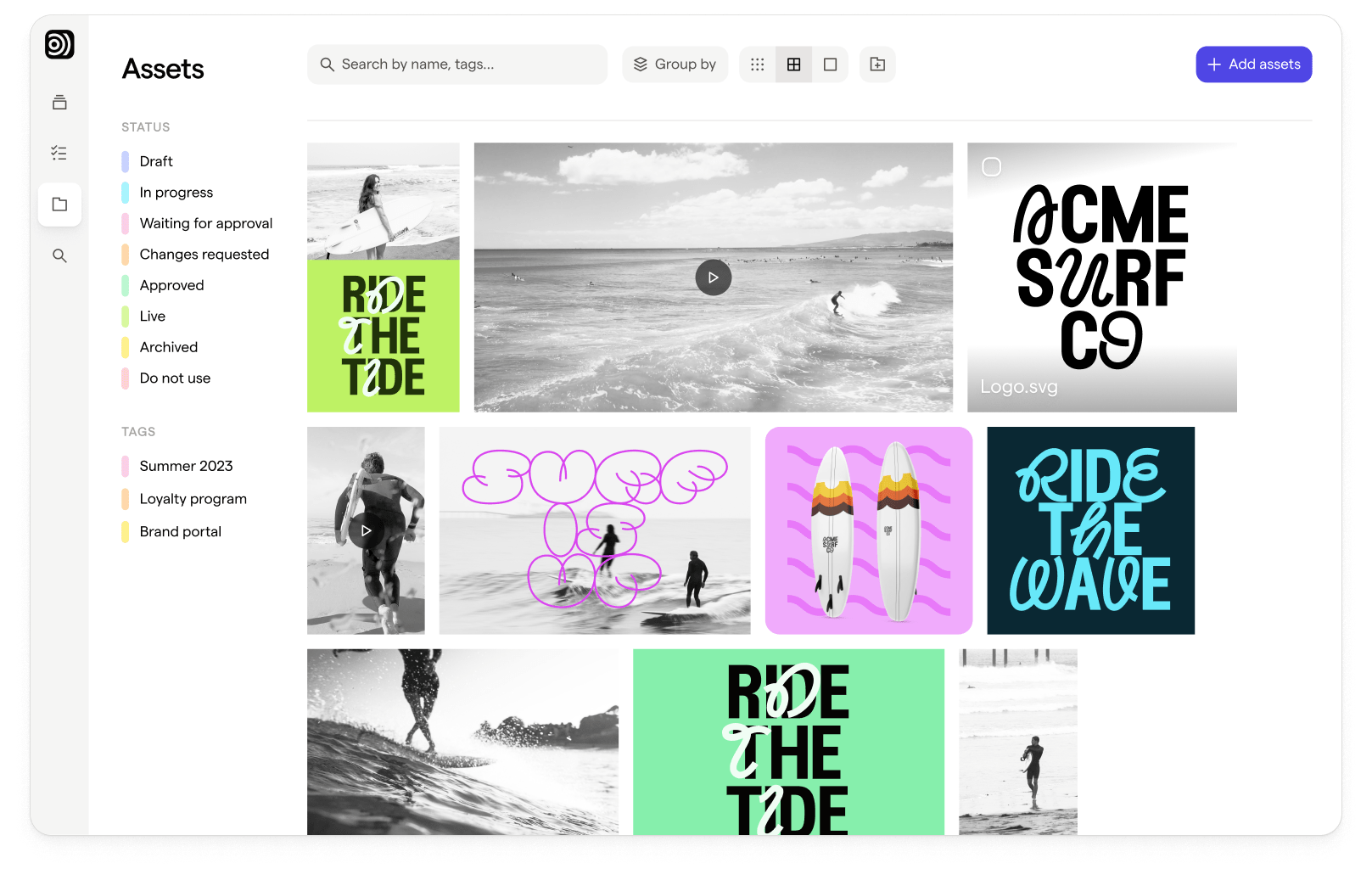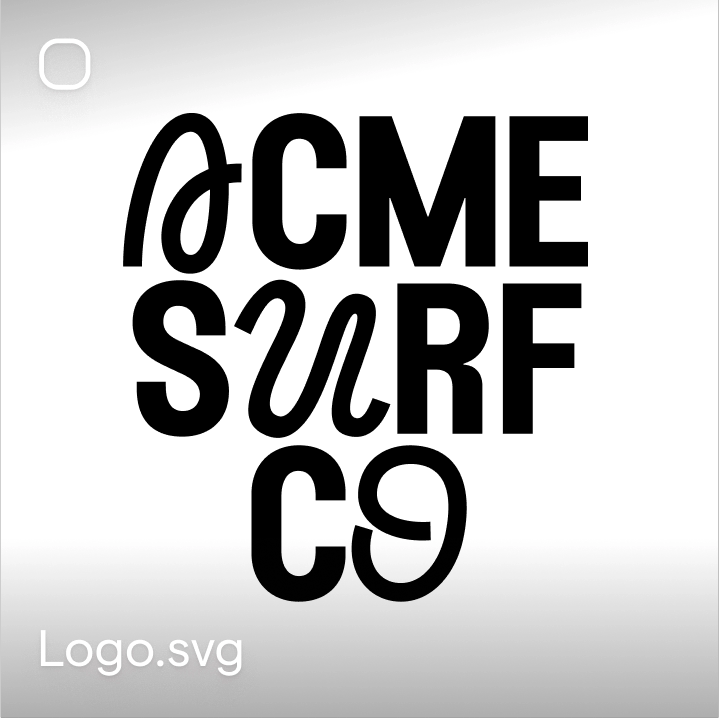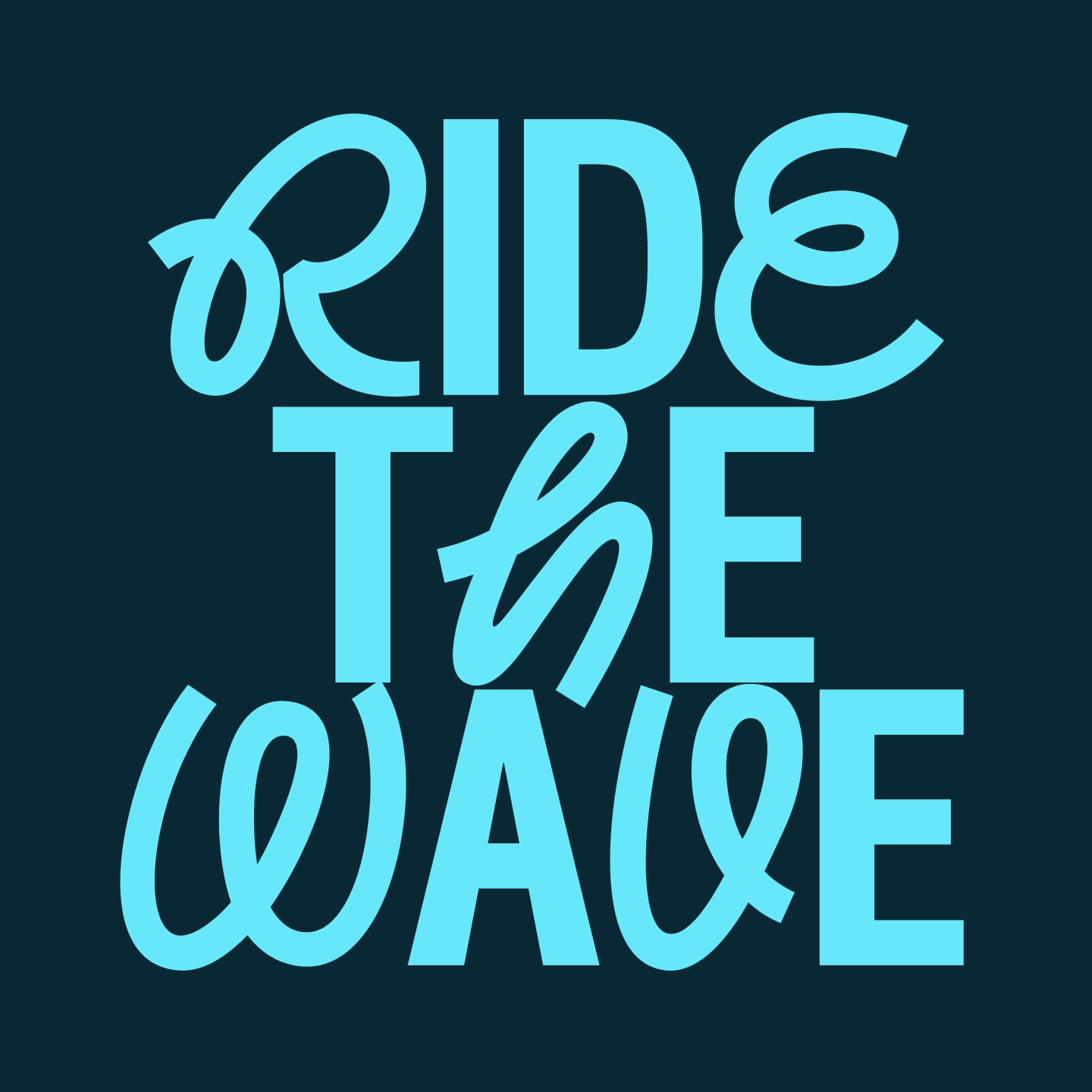Streamlining Product and Content Management
Effectively managing a broad product portfolio with numerous associated creative assets such as photos and videos is crucial for ecommerce businesses.
Read more: Success Story – How VIBAe supercharged marketing content production with Focal
Best Practice
Implement Digital Asset Management (DAM) to efficiently catalogue and store all product-related assets, including SKU data, photos, and videos. This approach ensures that customers always have access to the latest and most relevant information, enhancing their shopping experience and bolstering conversion rates.
Read more: Focal for DTC and eCom
Furthermore, DAM allows for resourceful content usage across all touchpoints. By creating a central repository for all digital assets, DAM eliminates the need for duplicate content requests, thereby enhancing organizational efficiency and saving significant time and resources. Many DAMs support integrations with Shopify and other main ecommerce platforms.
Read more: Why is Digital Asset Management Important in E-commerce
Boosting Marketing Strategies with DAM
DAM can significantly enhance the effectiveness of your marketing strategies by facilitating improved content management, performance optimization, and localization.
Best Practices
Marketing Content Review Process
Leverage DAM to centralize content organization, allowing for seamless access, review, and sharing of approved content across all channels. This strategy ensures brand consistency, whether on social media, advertising or email campaigns.
Read more: Ten Rules for Building a Winning Creative Feedback Loop
Analytics
DAM provides robust analytics to gain insights into creative asset performance. These insights enable you to optimize your marketing and content efforts for the highest return on investment, particularly when analyzing which creatives yield the highest conversion rates.
Localization
For businesses operating in multiple markets, DAM tools help manage translated content effortlessly. They ensure the correct localization of your marketing assets for each target market, allowing you to reach a wider audience and enhance customer engagement.
Read more: A Guide to Leveraging Creative Assets for Differentiation in DTC and eCom Brands
Dynamic Ads
With a DAM system, marketers can create dynamic ad campaigns that respond to specific triggers like location and temperature on both digital and physical screens. With seamless integrations, the DAM system automates the selection of appropriate ads, enhancing campaign effectiveness and relevance.
Upholding Compliance and Legal Safeguards
Maintaining legal compliance and brand integrity is paramount in today's digital world.
Best Practice
Implement Digital Asset Management (DAM) tools to guarantee that all your digital assets comply with brand guidelines and usage rights. This approach not only helps avert potential legal issues, but it also protects your brand reputation by preventing the use of outdated or unauthorized content. Furthermore, it's important to establish a dedicated process for documenting and updating the time frames and channels where each creative asset can be used.
Accelerating Idea-to-Publish Rates
In the fast-paced ecommerce sector, the speed of transforming ideas into published content can significantly influence a company's competitiveness.
Best Practice
Utilize Digital Asset Management (DAM) systems to streamline the management process for all types of content, including website materials, product images, and ads. By accelerating the approval process, DAM guarantees faster content publication, thus enhancing operational agility. Furthermore, DAM systems are equipped with sophisticated commenting and annotation features, allowing for frame-level feedback on videos or 3D elements, which provide a broader platform for the expression of your ideas.
Read more: Creative Requests Explained
Conclusion: Mastering DAM in Ecommerce
Leveraging Digital Asset Management is no longer optional but a strategic necessity in the competitive ecommerce marketplace. By adhering to these best practices, businesses can harness the myriad benefits of DAM, enhancing workflows, driving growth, and ultimately, boosting customer satisfaction.
Read more: Benefits of Digital Asset Management
Frequently Asked Questions
What is Digital Asset Management (DAM)?
Digital Asset Management (DAM) is a system for organizing, storing, and distributing digital assets such as images, videos, and documents.
How does DAM enhance ecommerce operations?
DAM streamlines product and content management, boosts marketing strategies, maintains compliance and legal safeguards, and accelerates the process from idea to published content. It ultimately drives growth and boosts customer satisfaction.
How does DAM support marketing strategies?
DAM supports marketing strategies by centralizing content management, providing performance analytics, and facilitating content localization. This enhances brand consistency, enables performance optimization, and supports the global reach of marketing campaigns.
How does DAM help in legal compliance and brand integrity?
DAM tools ensure all digital assets adhere to brand guidelines and usage rights, preventing potential legal issues and safeguarding brand reputation by ensuring outdated or unauthorized content isn't used.
How does DAM accelerate the idea-to-publish process?
DAM streamlines the process of turning ideas into published content for all types of materials. By facilitating easy collaboration and expedited approval processes, DAM allows for quicker content publication, enhancing operational agility.
What is Focal?
Focal is a creative asset management platform perfect for asset-heavy teams. With Focal, you can ship effective ads 10x faster.
Our key features are an AI-powered search for creative assets, advanced media mockups, and collaborative docs designed for marketers. All features in Focal are seamlessly connected with Slack and Figma, so you don't need to waste time on manual copy+paste.




















